Analyzing Efron’s BRCA data set
Lei Sun
2017-07-21
Last updated: 2017-07-21
Introduction
It’s a classic microarray data set used many times by Efron to illustrate his “empirical null” idea. The data set is downloaded online
Sanity check
Pipeline can generate null \(z\) scores when it’s null?
brca.ratio <- read.table("../data/hedenfalk.txt", header = TRUE)
brca.logratio <- as.matrix(log2(brca.ratio[, c(1 : 6, 17, 7 : 10, 18 : 21)]))



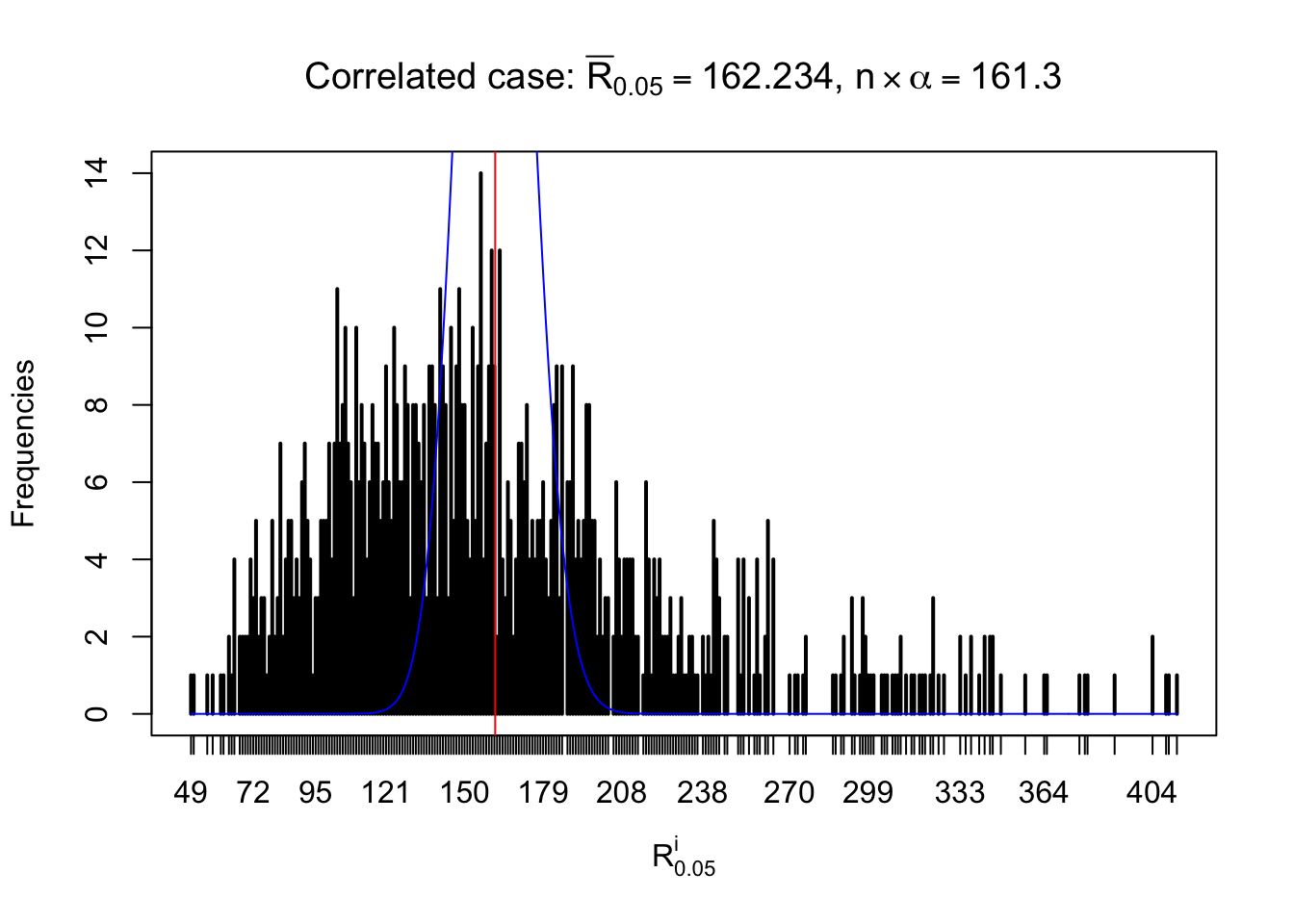

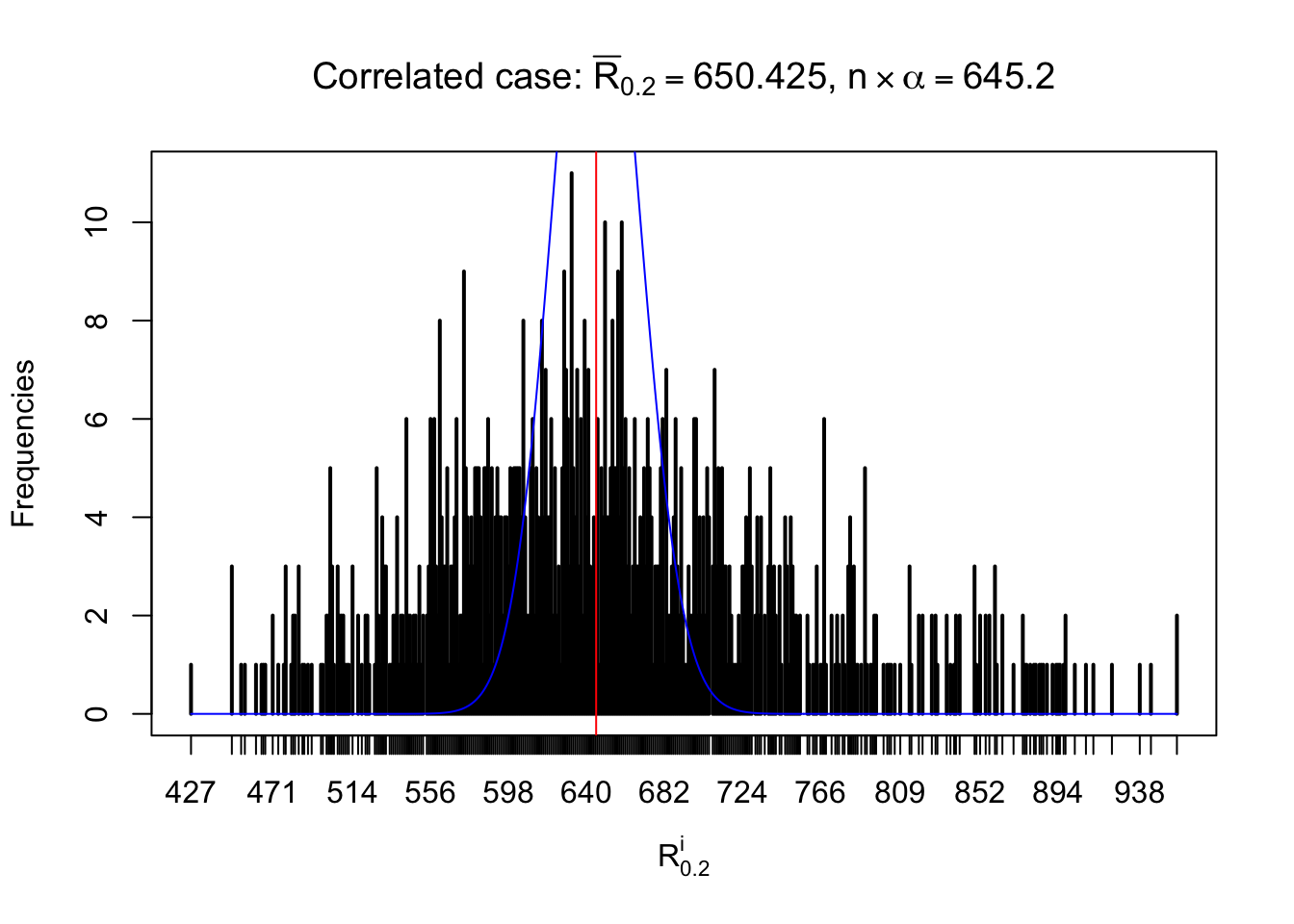



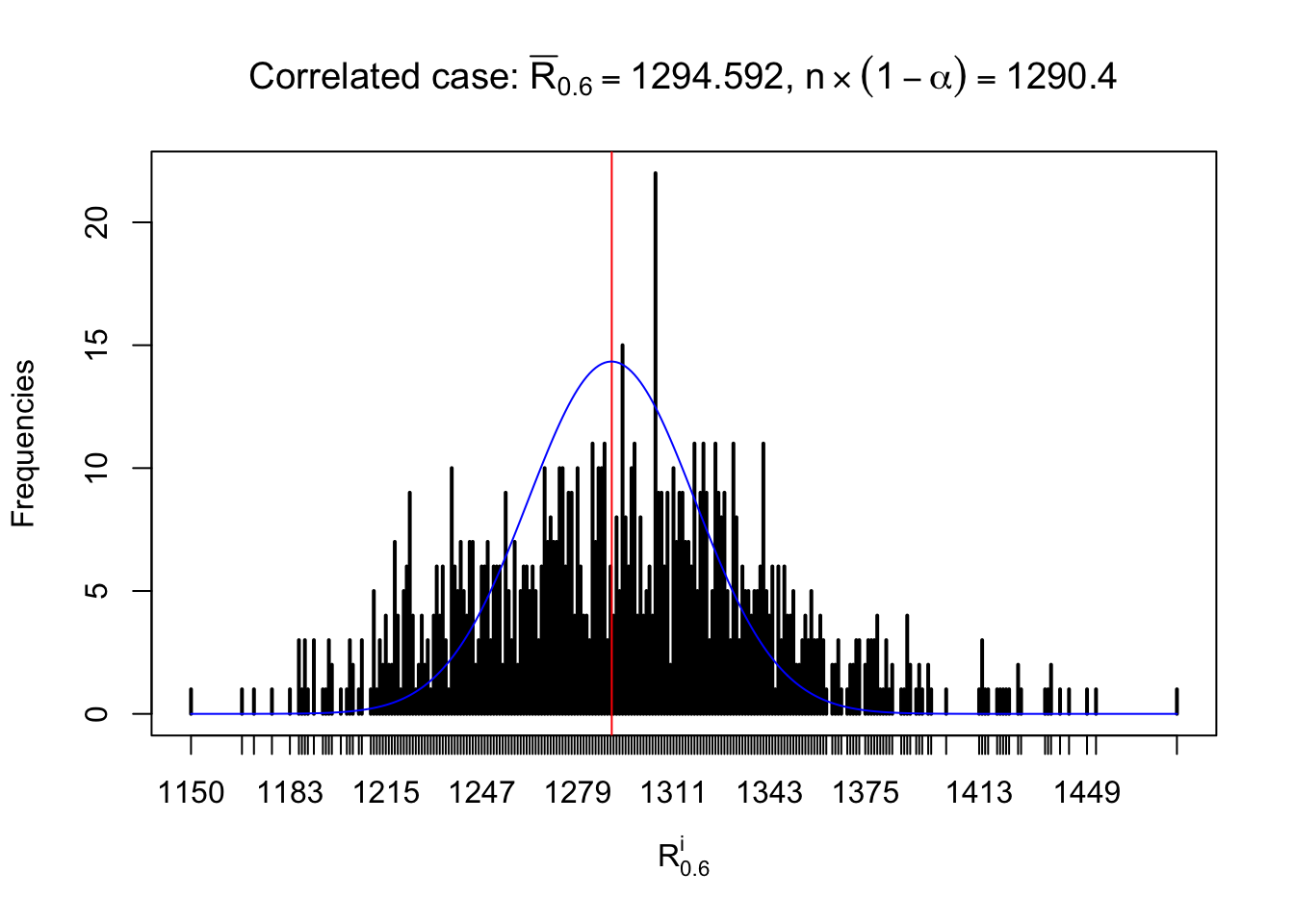
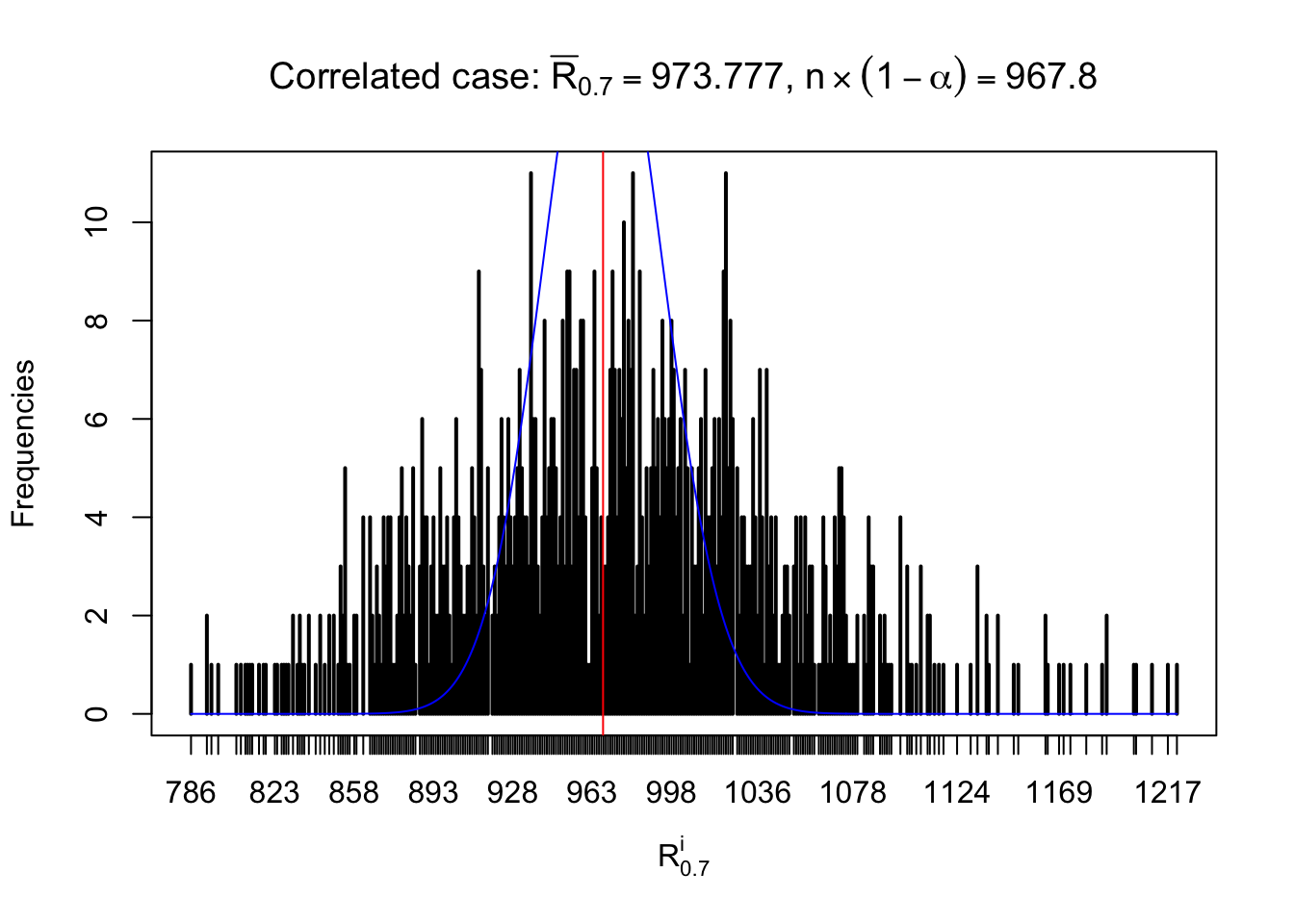

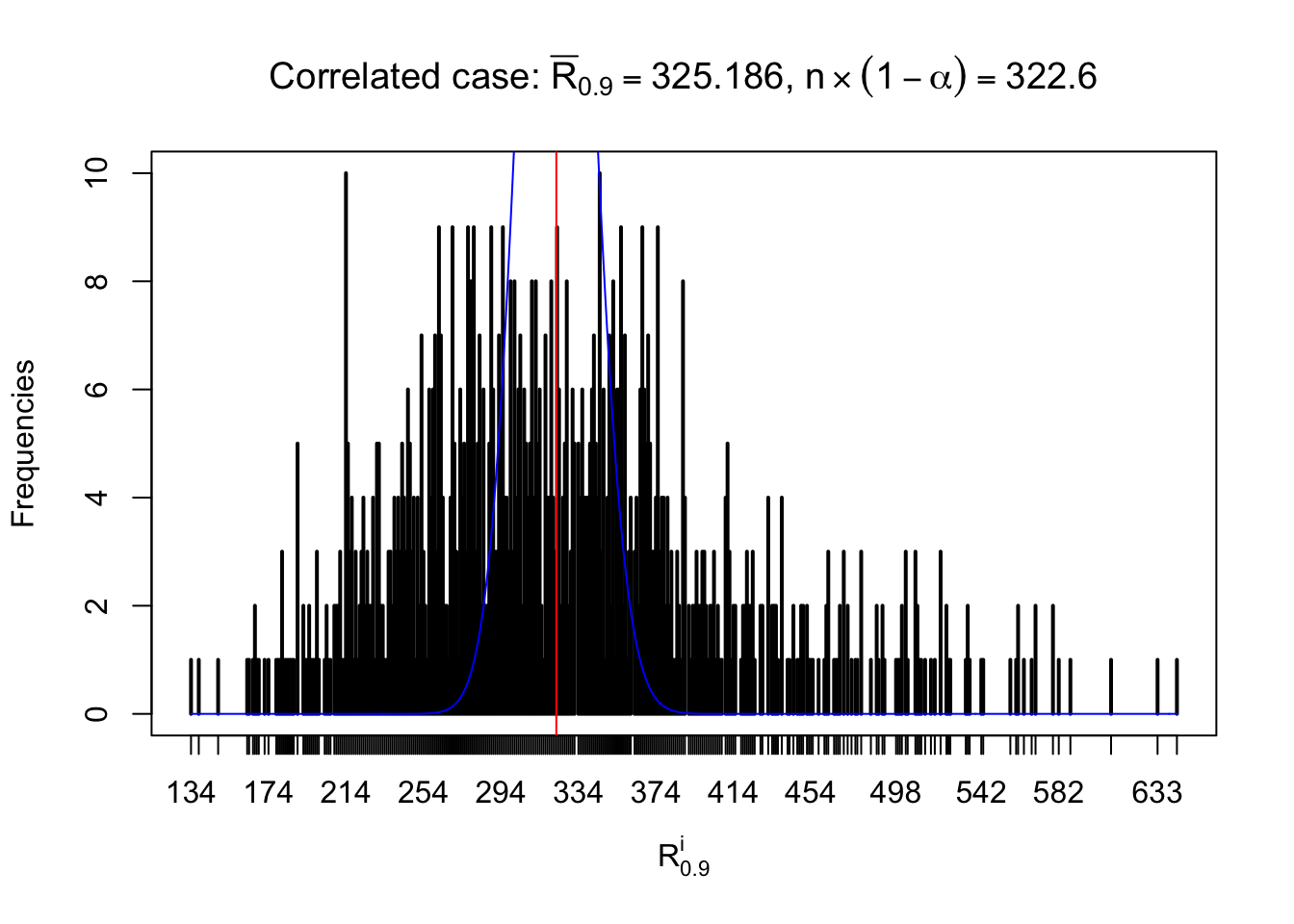
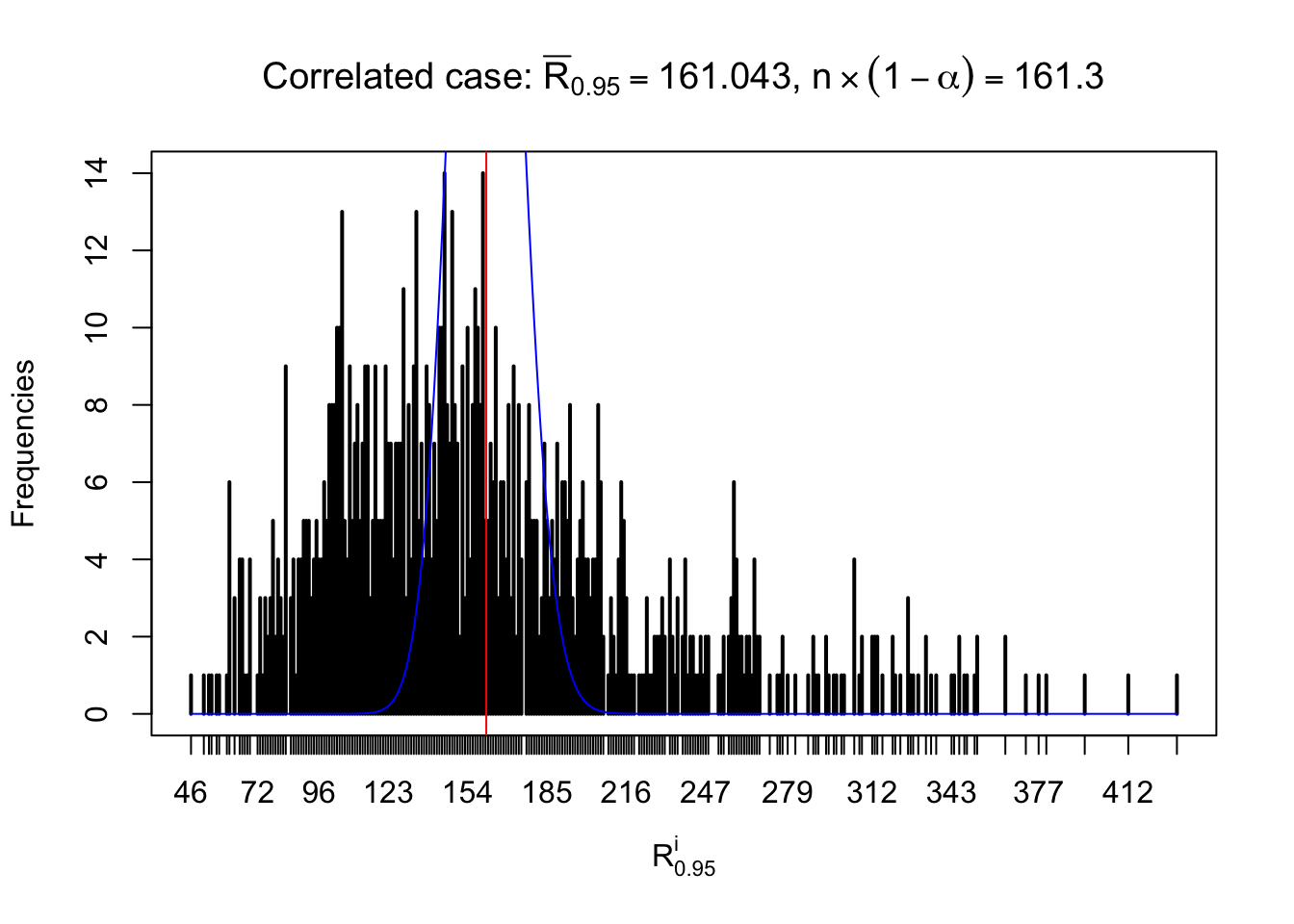
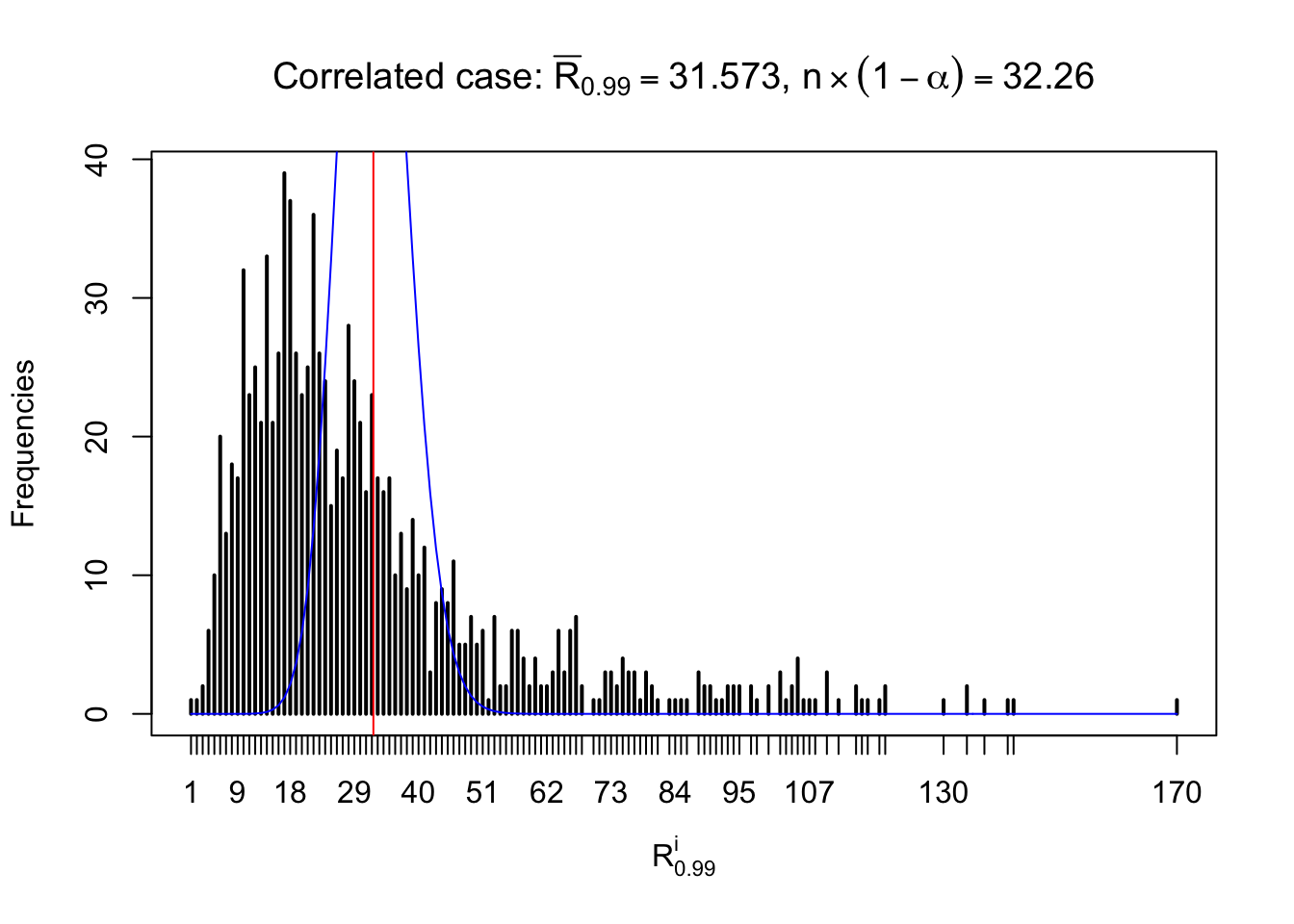
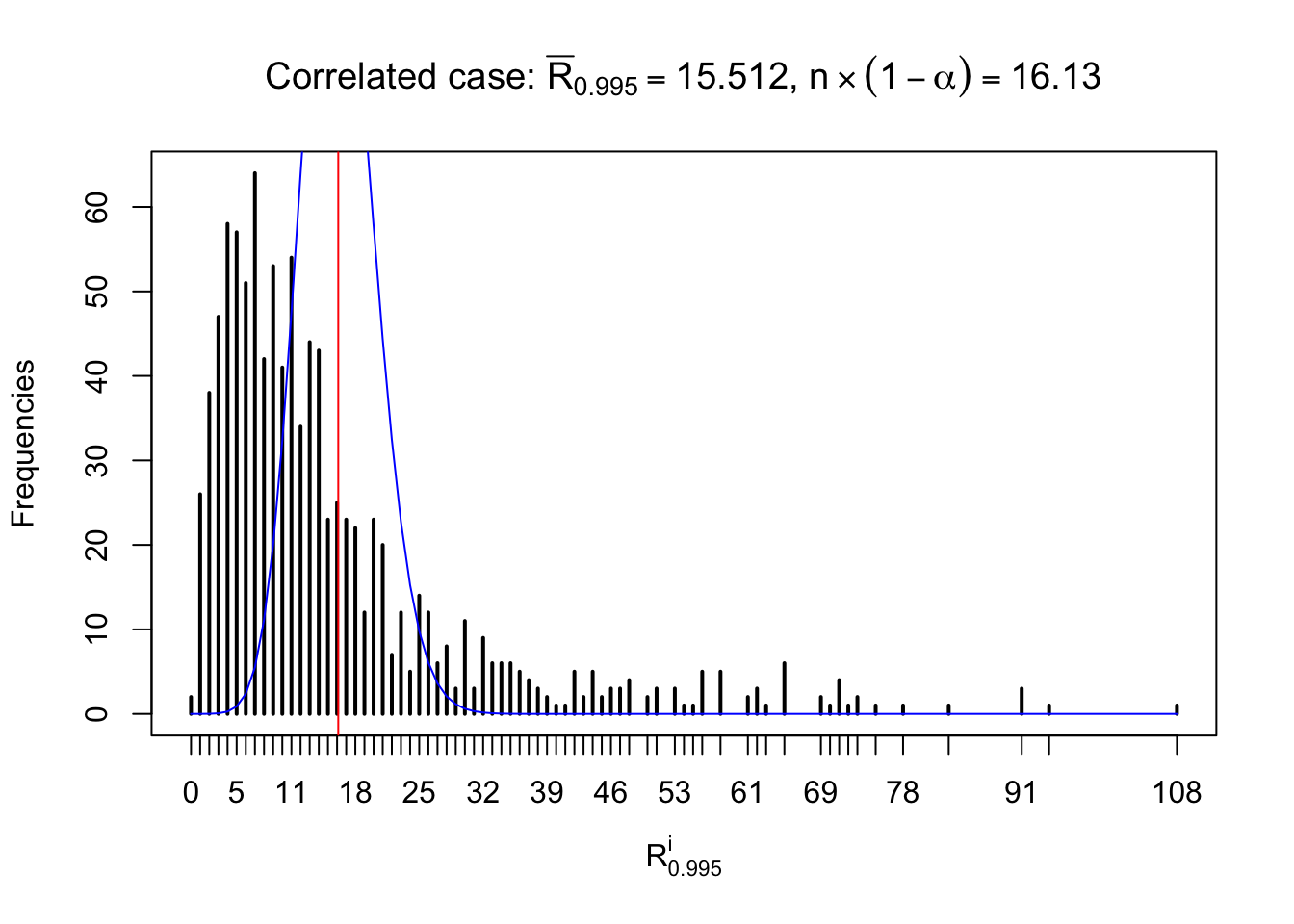
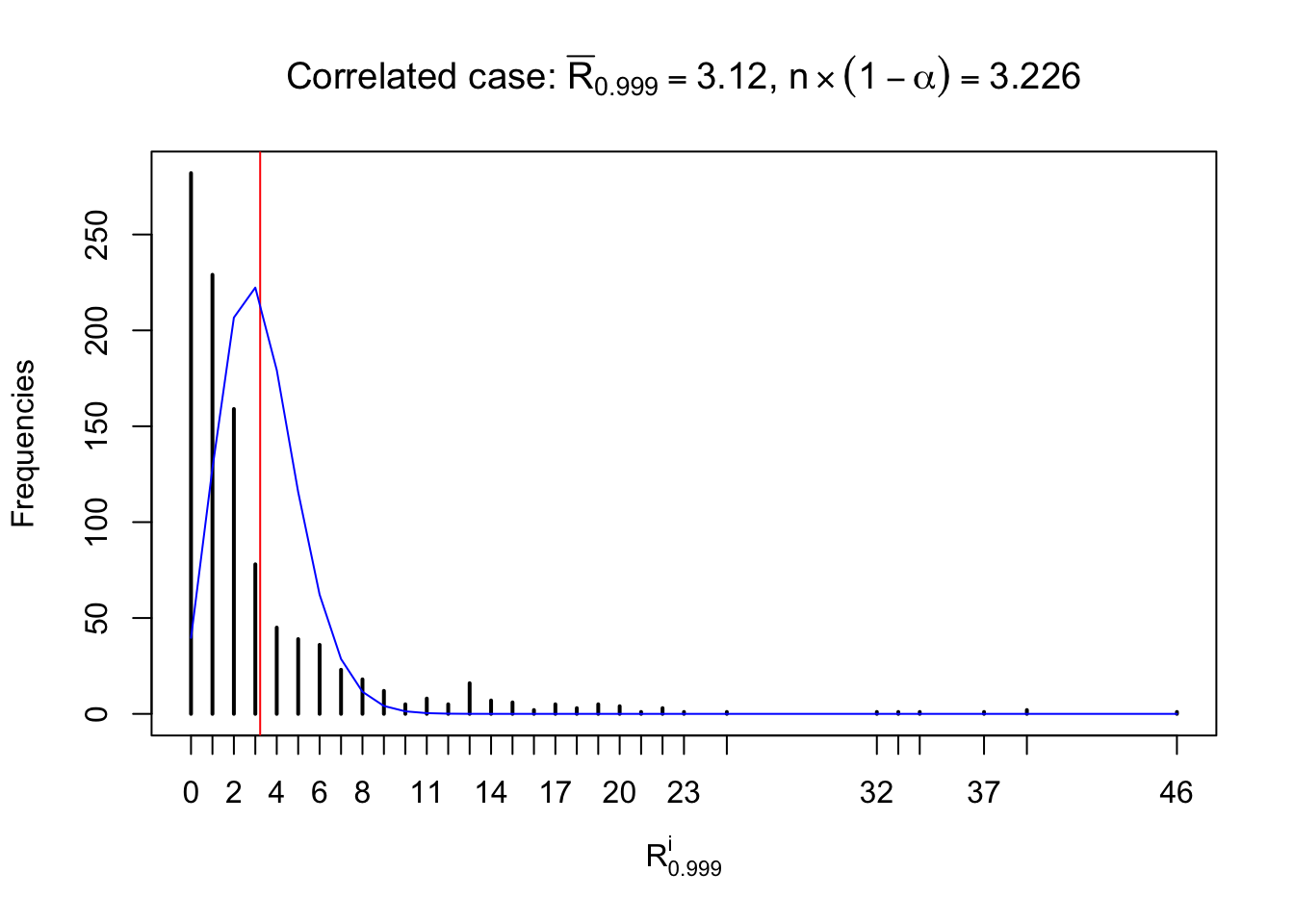
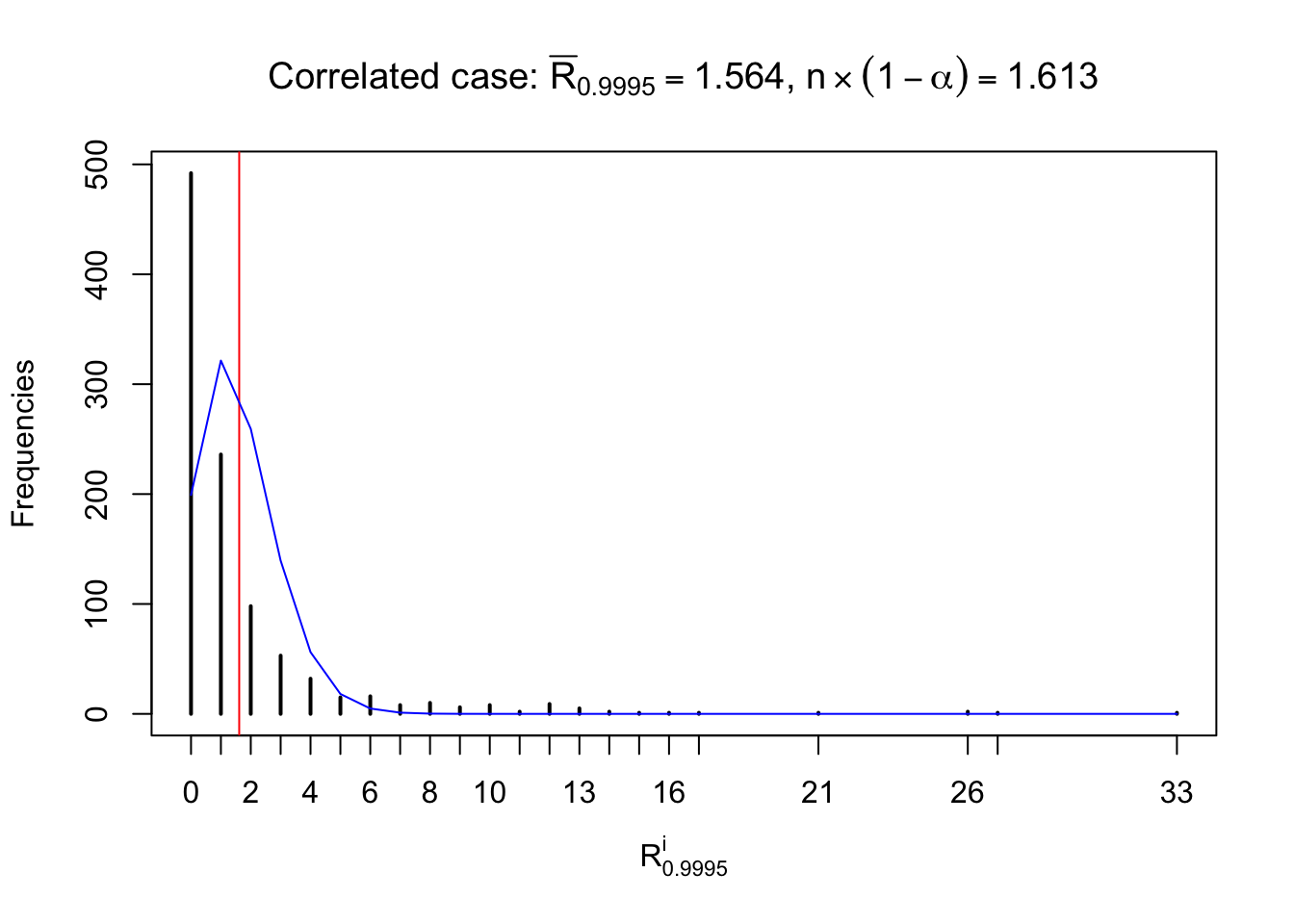
Data analysis

source("../code/gdash_lik.R")
fit <- gdash(betahat, sebetahat)
cat(fit$w)1 0.0363335 0.7005092 0.03116099 0.3066148 -0.02737636 2.826299e-08 -0.05660896 -6.044775e-09 -0.012571 5.774521e-10sum(fit$qvalue <= 0.1)[1] 0
Session information
sessionInfo()R version 3.3.3 (2017-03-06)
Platform: x86_64-apple-darwin13.4.0 (64-bit)
Running under: macOS Sierra 10.12.5
locale:
[1] en_US.UTF-8/en_US.UTF-8/en_US.UTF-8/C/en_US.UTF-8/en_US.UTF-8
attached base packages:
[1] stats graphics grDevices utils datasets methods base
loaded via a namespace (and not attached):
[1] backports_1.0.5 magrittr_1.5 rprojroot_1.2 tools_3.3.3
[5] htmltools_0.3.6 yaml_2.1.14 Rcpp_0.12.11 stringi_1.1.2
[9] rmarkdown_1.6 knitr_1.16 stringr_1.2.0 digest_0.6.12
[13] evaluate_0.10 This R Markdown site was created with workflowr